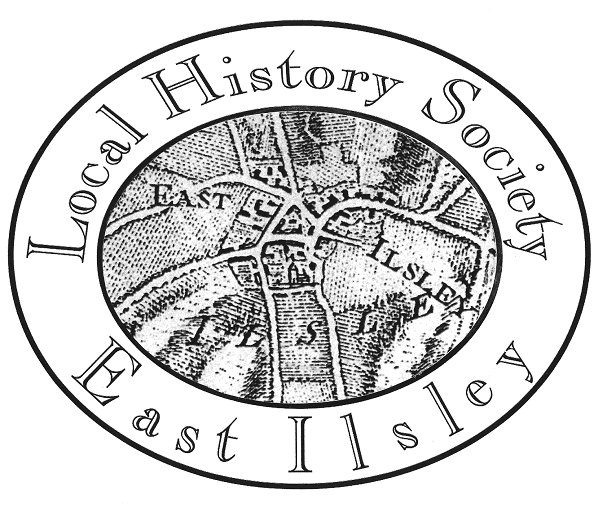Using Geophysics to Survey Areas
Geophysics techniques are a useful way to survey what is underneath the ground surface and in some cases can reveal archaeological features not visible above ground. There are a number of different techniques available – the 2 most commonly in use are resistivity and magnetometry.
- Resistivity measures the changes in electrical resistance between 2 electrodes placed in the ground. These probes are moved systematically over the area to be surveyed. The process is slow but the equipment is inexpensive to build. Resistivity measurements are quite good at picking up features like buried walls and ditches if the soil conditions are right.
- Magnetometry measures the changes in the magnetic field as you walk over the surface. Measurements are much quicker but the equipment is expensive.
We have just started doing ‘geophys’ in the village, using a home-made resistivity meter, and have had some quite interesting results so far, at least in demonstrating that the system works!
Survey of Best’s Close

Best’s Close lies between the High Street and St. Mary’s church – it’s eastern side is now occupied by the village school and School House. The western side of the meadow was surveyed using a resistivity meter and the results overlaid on an old map from 1877. The geophys has picked up the old track that used to run into Church Farm from the High Street – this track is not quite on the same orientation as the modern footpath to the church.

On this more modern map, the footpath is slightly offset from the original track found in the geophys survey. Note also, how the graveyard has been extended since the 1877 map was drawn.
As you can see from the example above, surveying is quite time-consuming – each little square represents a measurement of resistivity in a 1 metre square grid, and even with automatic recording of the actual data it is a slow process. We would like to do a survey of Pen Meadow to follow up the earthwork survey but we desperately need more man-power to take this on. Can you help?
